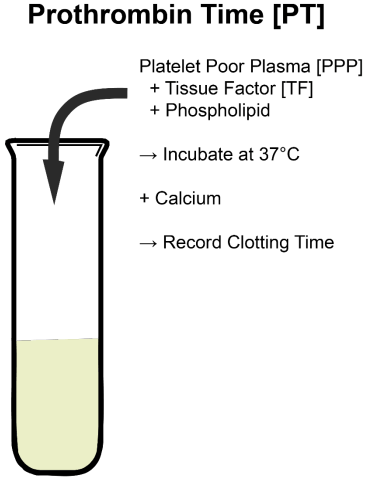A nurse is preparing to provide tracheostomy care for a client.
Which of the following actions should the nurse plan to take?
Clean the stoma using an inward to outward circular motion.
Cleanse the inner cannula with isopropyl alcohol.
Ensure at least three finger widths of space under tracheostomy ties.
Prepare sterile supplies after removing the inner cannula.
The Correct Answer is A
a. Clean the stoma using an inward to outward circular motion.
When providing tracheostomy care, the nurse should clean the stoma using an inward to outward circular motion to remove any secretions or debris. It is important to avoid using excessive force or pressure, which can cause trauma to the stoma. Cleansing the inner cannula with isopropyl alcohol may be appropriate for some clients, but it is important to follow the healthcare provider's orders regarding inner cannula care.
When securing the tracheostomy ties, the nurse should ensure that there is enough space for two fingers, not three. Finally, the nurse should prepare sterile supplies before removing the inner cannula to ensure that they are readily available and reduce the risk of infection.
Nursing Test Bank
Naxlex Comprehensive Predictor Exams
Related Questions
Correct Answer is D
Explanation
Prothrombin time.
Explanation:
When a client is prescribed warfarin, monitoring the prothrombin time (PT) and the International Normalized Ratio (INR) is crucial. Warfarin is an anticoagulant medication that affects the clotting ability of the blood by inhibiting vitamin K-dependent clotting factors. Monitoring the prothrombin time and INR helps determine the client's blood's ability to clot and the appropriate dosage of warfarin to maintain the desired therapeutic range.
Option a (Triiodothyronine) is a thyroid hormone and is not directly related to warfarin therapy.
Option b (Blood urea nitrogen) is a measure of kidney function and is also not directly related to warfarin therapy.
Option c (Arterial blood gases) is a measure of oxygen and carbon dioxide levels in the blood and is not related to warfarin therapy.

Correct Answer is B
Explanation
As a nurse, the intervention that should be recommended is encouraging the client to take frequent walks during the day. This will help the client expend some energy and reduce the restlessness that could be causing the sleep disturbance at night.
The other options are not recommended because barbiturate medications can cause excessive sedation, allowing the client to nap for at least 1 hour during the day can interfere with their ability to sleep at night, and putting a lock on the client's door can be a safety risk in case of an emergency.
Whether you are a student looking to ace your exams or a practicing nurse seeking to enhance your expertise , our nursing education contents will empower you with the confidence and competence to make a difference in the lives of patients and become a respected leader in the healthcare field.
Visit Naxlex, invest in your future and unlock endless possibilities with our unparalleled nursing education contents today
Report Wrong Answer on the Current Question
Do you disagree with the answer? If yes, what is your expected answer? Explain.
Kindly be descriptive with the issue you are facing.
